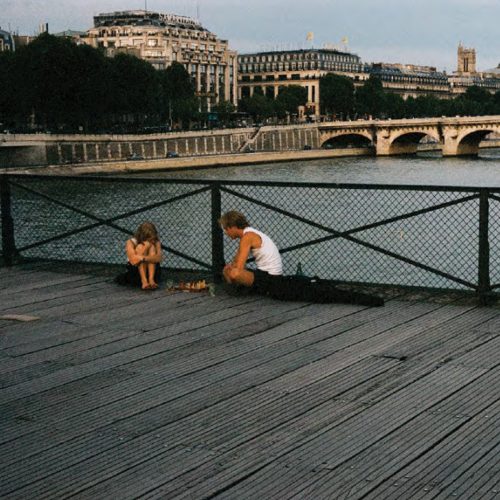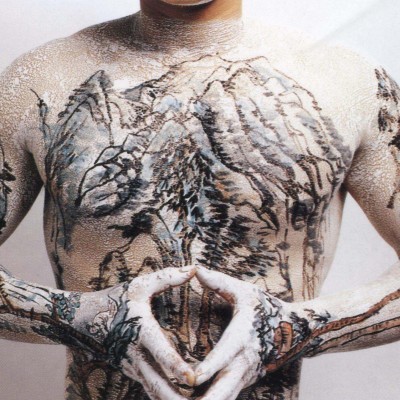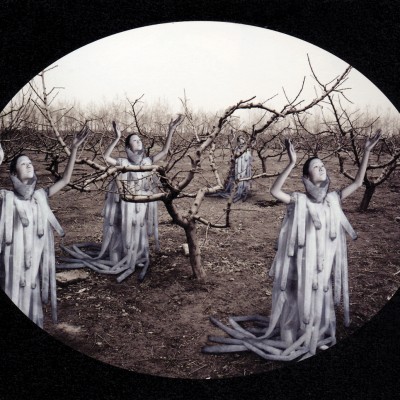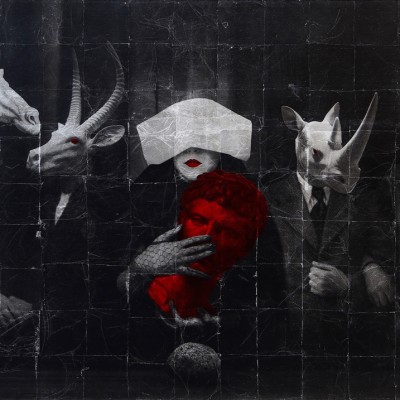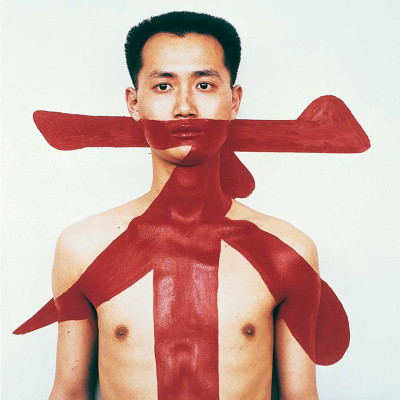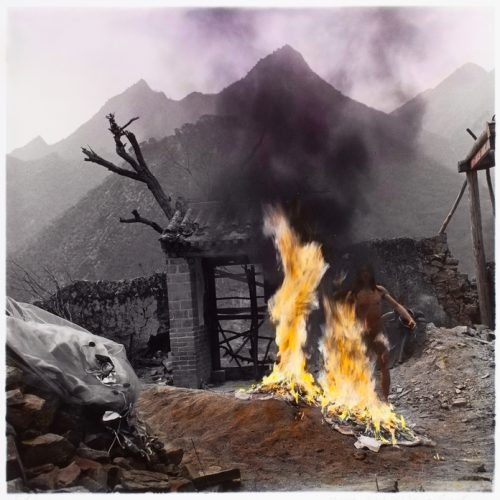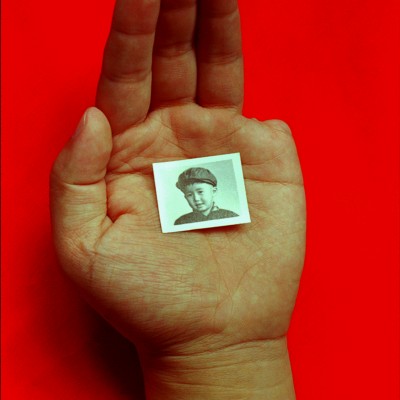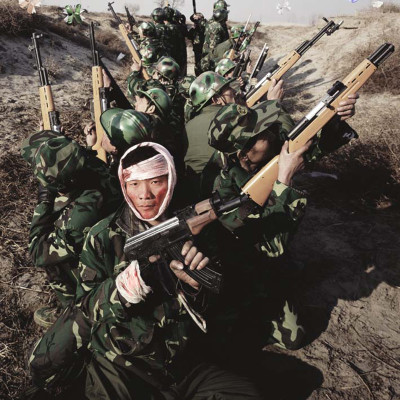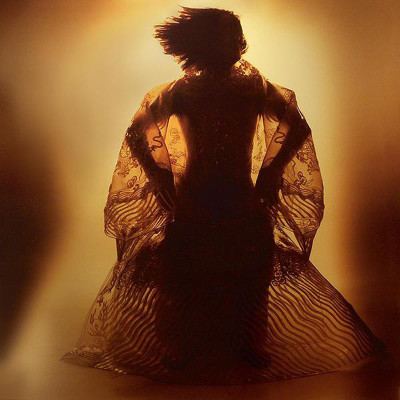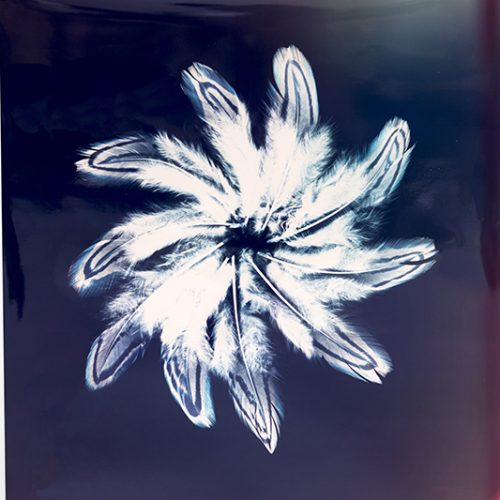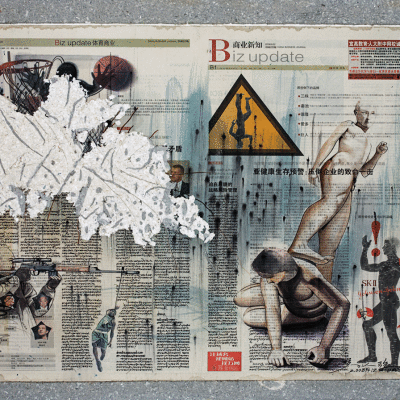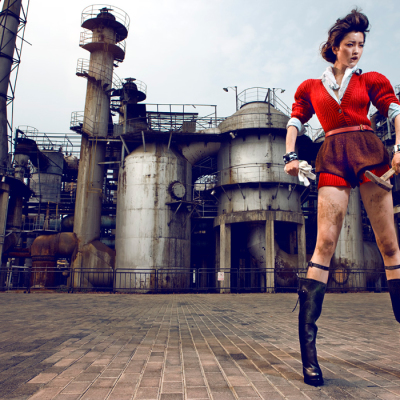
Photographer
At the end of 1990, as the gallery became the frontrunner of Chinese contemporary art in Europe, it clearly appeared that to be able to fully comprehend this new artistic movement at it’s beginnings, every one of it’s aspects needed to be explored. Experimental Calligraphers and Painters of Political pop Art are in the limelight, following by a tread the sculptors of the Stars movement and at this moment, beyond painting and sculpture, new forms of creation appear. It’s in the heart of the Beijing East Village, a derelict neighborhood for migrants and students on the outskirts of town, that the first generation of Chinese art performers is created.
Without equipment or means, their performances are mainly focused on all the shapes and representations of the human body. This community is essentially made of photographers (especially Rong Rong) who are going to mark out with their works a turning point in Chinese contemporary art.
Chinese photography becomes hence witness to all the unbelievable changes that the country lives during those decades. Criticism of capitalism (Wang Qingsong, Zhao Bandi), the mutation of the skyline of cities and the countryside (Hai Bo, Weng Fen), the question of genre and the place of women in society (Ma Liuming, Chen Lingyang) but also the censorship endured by artists at this time (“Tattoo II” by Qiu Zhijie), the rapidity of development in Chinese photography brings them to integrate the most elaborate shapes from new technologies. The works by the star artist Chen Man, also worldwide fashion photographer, are creations that, between art and estheticism, carry all the ambiguity of a young generation of Chinese artists caught up in a system both nationalistic and global.
End of content
No more pages to load
